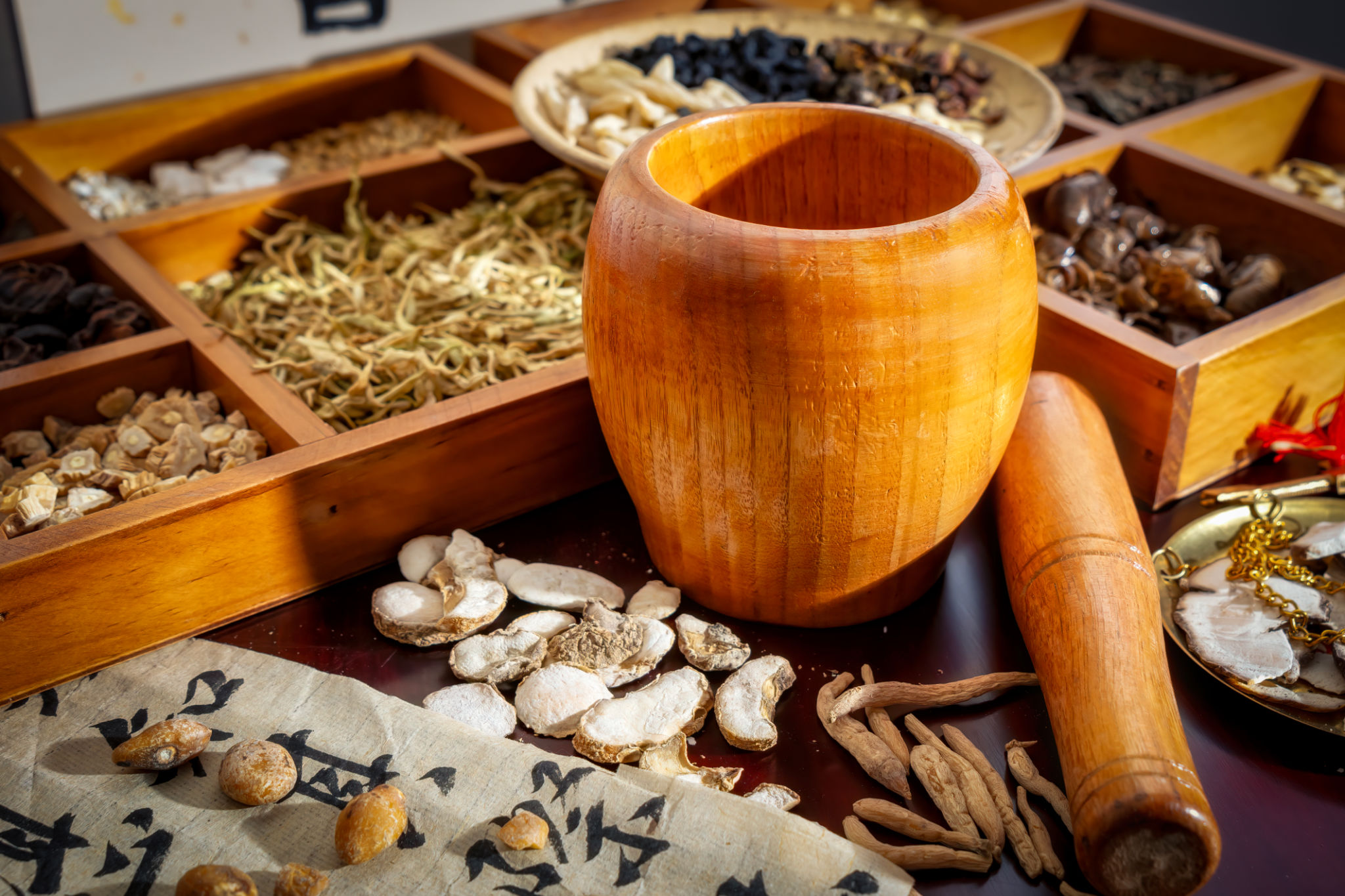Understanding the Benefits of Traditional Chinese Medicine for Back Pain
Introduction to Traditional Chinese Medicine
For centuries, Traditional Chinese Medicine (TCM) has offered holistic health solutions that are deeply rooted in ancient practices. With a focus on balancing the body's energies, TCM provides a unique approach to treating various ailments, including back pain. As more people seek natural and alternative treatments, TCM stands out as a compelling option.
Back pain is a common condition that affects many individuals worldwide. While conventional treatments like medication or surgery are often considered, TCM offers a range of techniques that can help alleviate discomfort and promote healing. By understanding the benefits of TCM, individuals can make informed decisions about their health care options.

The Principles of Traditional Chinese Medicine
At the core of TCM is the concept of Qi (pronounced "chee"), which is the life force or energy that flows through the body. According to TCM, back pain often results from imbalances or blockages in this energy flow. By restoring balance and ensuring the smooth circulation of Qi, TCM aims to treat not just the symptoms but the root cause of the pain.
Another fundamental principle of TCM is the concept of Yin and Yang, which represents the dual nature of existence. Maintaining harmony between these two forces is crucial for overall health. Practitioners of TCM believe that disruptions in the balance of Yin and Yang can lead to physical and emotional issues, including back pain.
Popular TCM Techniques for Back Pain
Acupuncture
One of the most well-known TCM practices is acupuncture, which involves inserting thin needles into specific points on the body. These points correspond to meridians or pathways through which Qi flows. Acupuncture is believed to stimulate the nervous system, release endorphins, and improve blood circulation, all of which can help reduce back pain.

Herbal Medicine
Herbal medicine is another integral part of TCM. Practitioners use a variety of herbs to create customized remedies that address individual health concerns. For back pain, certain herbs are known for their anti-inflammatory and muscle-relaxant properties. These herbal formulations can be consumed in teas, capsules, or applied topically as ointments.
Tui Na Massage
Tui Na is a form of therapeutic massage used in TCM to relieve musculoskeletal issues. This technique involves applying pressure to specific points on the body to promote the flow of Qi and blood. Tui Na can be particularly effective for relieving tension and stiffness in the back muscles, providing both immediate relief and long-term benefits.

Benefits of Choosing Traditional Chinese Medicine
One of the primary advantages of TCM is its holistic approach to health and wellness. Instead of focusing solely on symptoms, TCM aims to address underlying imbalances and promote overall well-being. This comprehensive approach can lead to more sustainable relief from back pain and other chronic conditions.
Additionally, TCM practices are generally considered safe when performed by qualified practitioners. They offer a natural alternative to pharmaceuticals and invasive procedures, reducing the risk of side effects. Many patients find that combining TCM with conventional treatments enhances their overall treatment outcomes.
Conclusion
Understanding the benefits of Traditional Chinese Medicine for back pain opens up a world of possibilities for those seeking natural and holistic health solutions. With its emphasis on balance, harmony, and personalized care, TCM offers a path to not only alleviate pain but also enhance overall quality of life. As awareness grows, more individuals are discovering the potential benefits of incorporating TCM into their health care regimen.
